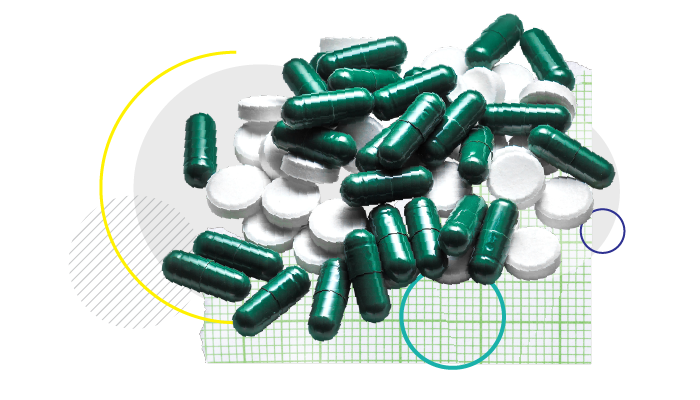
Credit: Rawpixel.com
Damage to myelin – the protective sheath around nerve fibers – can be caused by a variety of factors, including autoimmune conditions (such as multiple sclerosis [MS]), genetic disorders, viral infections, alcohol and substance abuse, as well as occurring as a natural result of aging. This damage can in turn lead to cognitive decline, loss of fine motor skills, and vision loss.
LL-341070, a thyroid hormone mimetic (thyromimetic), is a new drug candidate aimed at undoing the effects caused by damaged myelin. Developed by researchers at the University of Colorado (CU) Anschutz Medical Campus, LL-341070 – which first enters the central nervous system as an inactive prodrug before being hydrolyzed into active form by fatty-acid amide hydrolase – was shown to significantly accelerate the brain’s natural repair responses, enhancing its ability to mend damaged myelin.
Using electrophysiology and in vivo two-photon microscopy to study how LL-341070 aided functional recovery in cuprizone-mediated demyelinated mice, the researchers focused primarily on visual cortical function recovery, a function they note as being “uniquely positioned to provide insights into structure-function relationships during de/remyelination.”
Even after vision in the demyelinated mice was severely impacted, it was observed that LL-341070 could still improve brain function related to vision, accelerating the brain’s repair process significantly even when myelin and oligodendrocytes – cells used to produce the myelin sheath – were not regenerated to their previous healthy levels.
Daniel Denman, study co-author and a researcher based at the CU School of Medicine Department of Physiology and Biophysics, says, “While it is difficult to know with great certainty [why this occurs], one possibility is that the neural circuits … are functionally resilient to partial structural damage. This could be the result of functional redundancy of individuals, or from broader operating regimes that allow circuits to produce globally similar outputs even with specific loss.” Denman adds that it could be a result of “targeted recovery, where the elements of myelin loss that are most critical… are repaired first.”
Explaining how LL-341070 might compare to clemastine, an over-the-counter antihistamine that has also been shown to preserve myelin integrity, Ethan Hughes of the CU School of Medicine Department of Cell and Developmental Biology, notes: “While we found that clemastine enhances oligodendrocyte gain rate, the tested dose of LL-341070 is more effective at augmenting oligodendrocyte gain rate, cumulative oligodendrocyte gain, and restoration of oligodendrocyte numbers after severe demyelination.” However, Hughes also notes that the team “did not specifically assess the effects of clemastine on functional recovery.”
The authors recommend that future research is needed to interrogate “how the magnitude and timing of demyelination and remyelination alters the ultrastructure and function of individual axons, as well as broader network and behavioral recovery” so that remyelination therapies can be optimally developed for patients.
